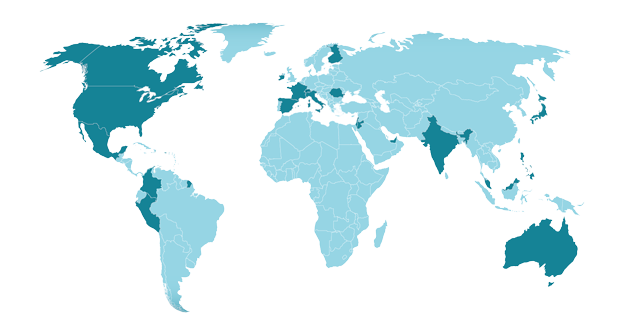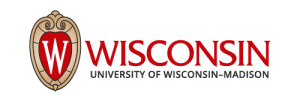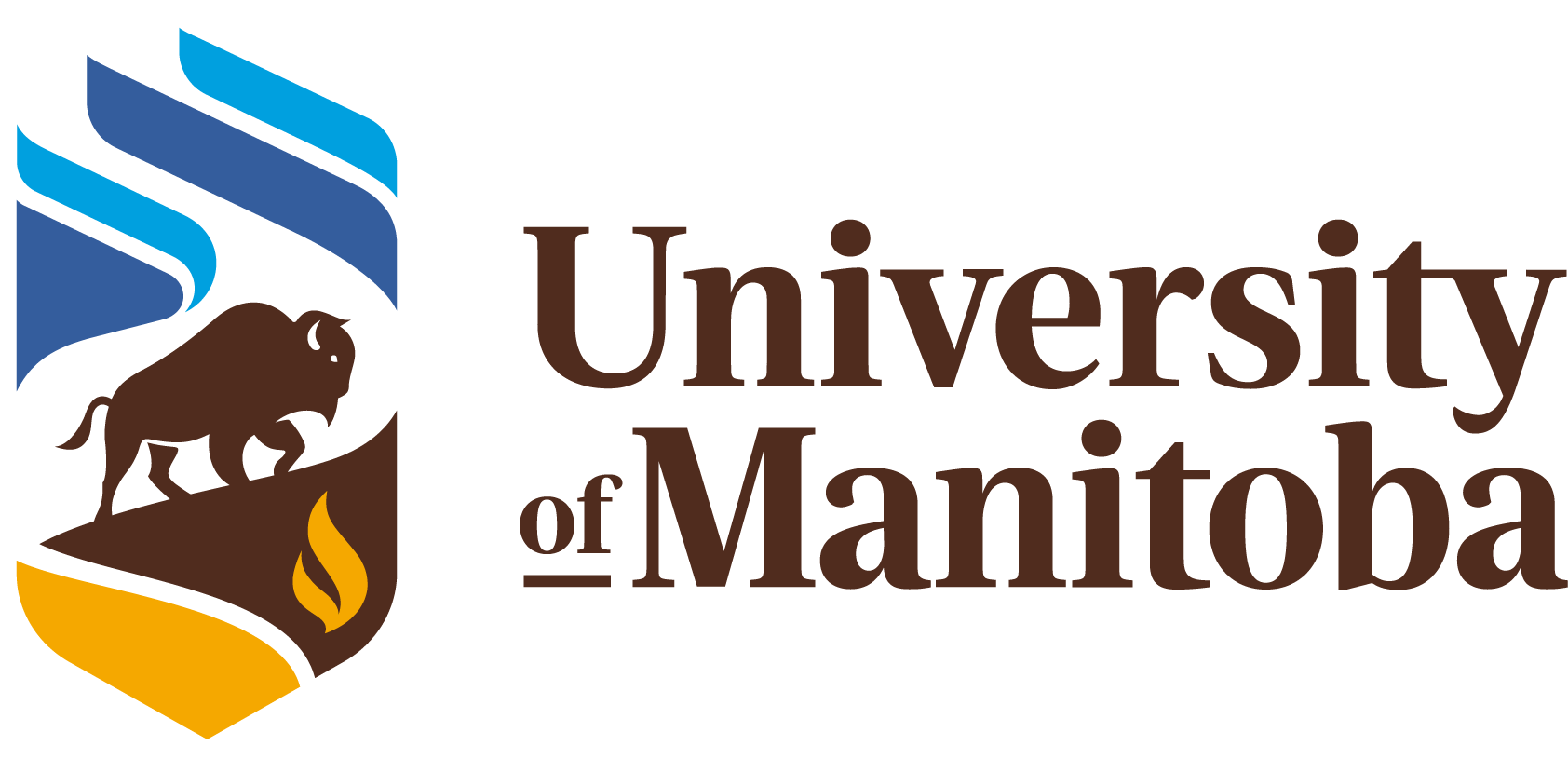Our History
Company Overview
The Theralase® History
Founded in 1994, Theralase® Technologies Inc. began the commercialization of Cool Laser Therapy (“CLT”) for the elimination of chronic knee pain and continues this business to date.
Theralase® pivoted in 2004 when it in-licensed its first platform of Photo Dynamic Compounds (“PDCs”) and began the research and development of this revolutionary technology.
After sixteen years of research and development and the in-license of two additional platforms of PDCs, Theralase has optimized the PDCs and the medical laser systems used to activate them, to safely and effectively destroy Non-Muscle Invasive Bladder Cancer (“NMIBC”).


Theralase® Timeline
Theralase Technologies Inc. commences operations in 1994 as Future Solutions Today, a medical laser company dedicated to the mandate of researching, developing and commercializing high-quality, cutting-edge medical laser technologies for healthcare practitioners to heal their patient’s pain conditions at an affordable price.
“Future Solutions Today” becomes a Canadian federally registered private company known as “Theralase Inc.”
Theralase continues researching, developing and commercializing Cool Laser Therapy (“CLT”) systems for healthcare practitioners to eliminate their patient’s knee pain and in off-label use to eliminate pain, reduce inflammation and accelerate tissue healing for numerous nerve, muscle and joint conditions.
Theralase® expands it’s CLT business primarily in Canada, but makes inroads into the United States and internationally
Theralase Inc. completes a Reverse Take Over with a public company to become Theralase Technologies Inc. (“Theralase®”), a Canadian federally registered public company trading on the Toronto Stock Venture Exchange (“TSXV”:TLT)
Theralase® in-licenses it first platform of Photo Dynamic Compounds (“PDCs”) from Virginia Polytechnic Institute and State University (“Virginia Tech”).
Theralase® commences research, development and commercialization of these PDCs with the intent of bringing this technology to market for the treatment of various cancers.
Theralase® advances the research and development and commercialization of the Virginia Tech PDCs by having Virginia Tech manufacture small quantities of 4 different PDCs under a Sponsored Research Agreement (“SRA”) in small volumes for evaluation by UHN in preclinical in-vitro cell line studies.
Complete $850k private placement financing.
Theralase, UHN and Ontario Centres of Excellence (“OCE”) enter into Sponsored Research Agreement (“SRA”) to research and develop PDCs.
Theralase® successfully completes first milestone – effective destruction of brain cancer and colon cancer cell lines preclinically with PDCs.
Theralase develops laser light system to test effect of PDCs in destruction of cancer cell lines and delivers to UHN.
SRA signed with UHN for PDC research and development.
PDCs demonstrated to work in normoxic (normal oxygen) and hypoxic (low oxygen) environments, ideally suiting them for the destruction of solid core tumours such as cancers of the: lung, breast, prostate and brain.
Complete $1.27 M private placement financing.
PDCs demonstrated effective in the destruction of breast cancer cells.
PDCs demonstrated effective in the destruction of bacteria.
UHN commences preclinical animal studies to evaluate PDCs.
Theralase® receives Popular Mechanics Magazine “2010 Breakthrough Award” for the Company’s innovative cancer therapy technology.
Complete $750k private placement financing.
Safety of PDCs demonstrated in preclinical animal study.
Arkady Mandel, MD, PhD, DSc joins Theralase® in the capacity of Chief Scientific Officer.
PDCs demonstrate > 99% efficacy to a preclinical animal subcutaneous tumour model.
Two additional platforms of PDCs inlicenced from Acadia University (Ruthenium based platform and Osmium based platform).
SRA signed with Acadia University to develop PDCs for preclinical cell line evaluation.
Lead anti-cancer Study Drug, TLD-1433, identified.
Target cancer indication of Non-Muscle Invasive Bladder Cancer (“NMIBC”) selected.
Therapeutic Laser Technology (“TLT”) and Photo Dynamic Therapy (“PDT”) operating divisions created.
PDCs proven effective in the destruction of drug resistant bacteria in preclinical cell line study.
PDCs proven effective in destruction of brain and colon cancer in preclinical animal study.
PDCs proven effective in destruction of bladder cancer cell lines in preclinical cell line study.
Complete $750k private placement financing.
Drs. Michael Jewett and Lothar Lilge joins Medical and Scientific Advisory Board (“MSAB”).
Board of Directors expanded by 2 directors adding strong financial acumen.
Orthotopic NMIBC preclinical study commenced at UHN.
Complete $3.15 M private placement financing.
Anti-cancer immunological memory response discovered.
Lead Study Drug published in prestigious US chemistry publication.
Non-Good Manufacturing Practice (“GMP”) and GMP manufacture of Study Drug commences.
Drs. Ashish Kamat, Michael O’Donnell and Brian Wilson join MSAB.
Lead Study Drug demonstrates destruction of NMIBC in orthotopic rat model.
Preclinical research leads to the development of a lead PDC, known as TLD-1433 (“Study Drug”) and a custom medical laser system, known as the TLC-3200 (“Study Device”) (collectively the “Study Treatment”).
Potential Mechanism of Action (“MOA”) of lead Study Drug identified.
Lead PDC, TLD-1433, selected for human bladder cancer clinical studies.
Commenced trading on the Over The Counter Trading Platform in the United States (OTCQB:TLTFF).
Recipient of a Venture 50® award for being one of the top 10 companies in life science and technology on the TSXV.
PDC pipeline expanded with preclinical research on osmium platform.
Good Manufacturing Practice (“GMP”) of lead Study Drug completed.
Good Laboratory Practice (“GLP”) toxicology of lead Study Drug completed.
Health Canada approves Clinical Trial Application (“CTA”) for Phase Ib Non-Muscle Invasive Bladder Cancer (“NMIBC”) clinical study (“Study”).
UHN Research Ethics Board (“REB”) approves commencement of Study.
Complete $8M base shelf prospectus public financing.
Clinical Research Agreement (“CRA”) signed with UHN.
Health Canada approves Investigational Testing Authorization (“ITA”) for Study.
US patent granted for PDCs, which include TLD-1433.
Lead Study Drug proven effective for Glio Blastoma Multiforme (“GBM”) (brain cancer) in a preclinical animal model increasing survival by 925%.
Study commences with a primary endpoint of safety (Adverse Events (“AEs”) less than 4 not resolved within 180 days of Study Treatment), secondary endpoint of pharmacokinetics (maximum concentration of drug in urine and plasma and time to exit the body) and exploratory objective of efficacy (Complete Response (“CR”) and duration of CR.
Complete $4.3 M base shelf public financing.
Second United States patent granted for PDCs, which include TLD-1433.
Lead Study Drug activation with radiation presented.
Lead Study Drug localizes to Non-Small Cell Lung Cancer (“NSCLC”) in preclinical in-vivo animal model 300% more than normal lung tissue.
Anti-cancer PDCs independently verified and validated.
Anti-cancer Study Drug effective in the destruction of brain cancer when activated by radiation.
Super potent anti-cancer drugs discovered.
Anti-cancer vaccine discovered and validated in GBM and colorectal cancer preclinical animal model.
CLT enhances cancer destruction for standard cancer treatments.
Study Drug effective in destroying brain cancer stem cells.
Rutherrin® (Study Drug + transferrin) patented.
• Complete $1.1 M private placement financing.
Phase Ib NMIBC clinical study successfully completed demonstrating 67% CR in patients treated at the Therapeutic Dose of the Study Drug.
Health Canada grants CTA for commencement of pivotal Phase II NMIBC clinical study (“Study II”).
Health Canada grants ITA for commencement of Study II.
Rutherrin® proven to induce immune response preclinically in human GBM cells.
Phase Ib NMIBC clinical study demonstrates duration of CR of 18 months for patients treated at the Therapeutic Dose of the Study Drug.
Rutherrin® + radiation granted US patent.
Study II commences in Canada with a primary endpoint of efficacy (CR), secondary endpoint of duration of CR and tertiary endpoint of safety (Adverse Events (“AEs”) less than 4 not resolved within 450 days of initial Study Treatment).
China issues patents for PDCs and multiwavelength PDT.
Russia issues patent for multiwavelength PDT.
Recipient of a Venture 50® award for being one of the top 10 companies in life science and technology on the TSXV.
Complete $1.4M private placement financing.
Complete $17.25M short form prospectus public financing.
United States issues patent for multiwavelength PDT.
FDA Investigational New Drug (“IND”) authorization received to conduct Study II in the United States.
Sponsored Research Agreement (“SRA”) executed with the University of Manitoba Medical Microbiology department to commence the development of a coronavirus vaccine.
Recipient of a Venture 50® award for being one of the top 10 companies in life science and technology on the TSXV.
Study II demonstrates 33% CR at 90 days post initial CR, when combined with patients treated at the Therapeutic Dose in the Phase Ib clinical study (5 out of 15 patients).
U.S. FDA grants Theralase® FTD











